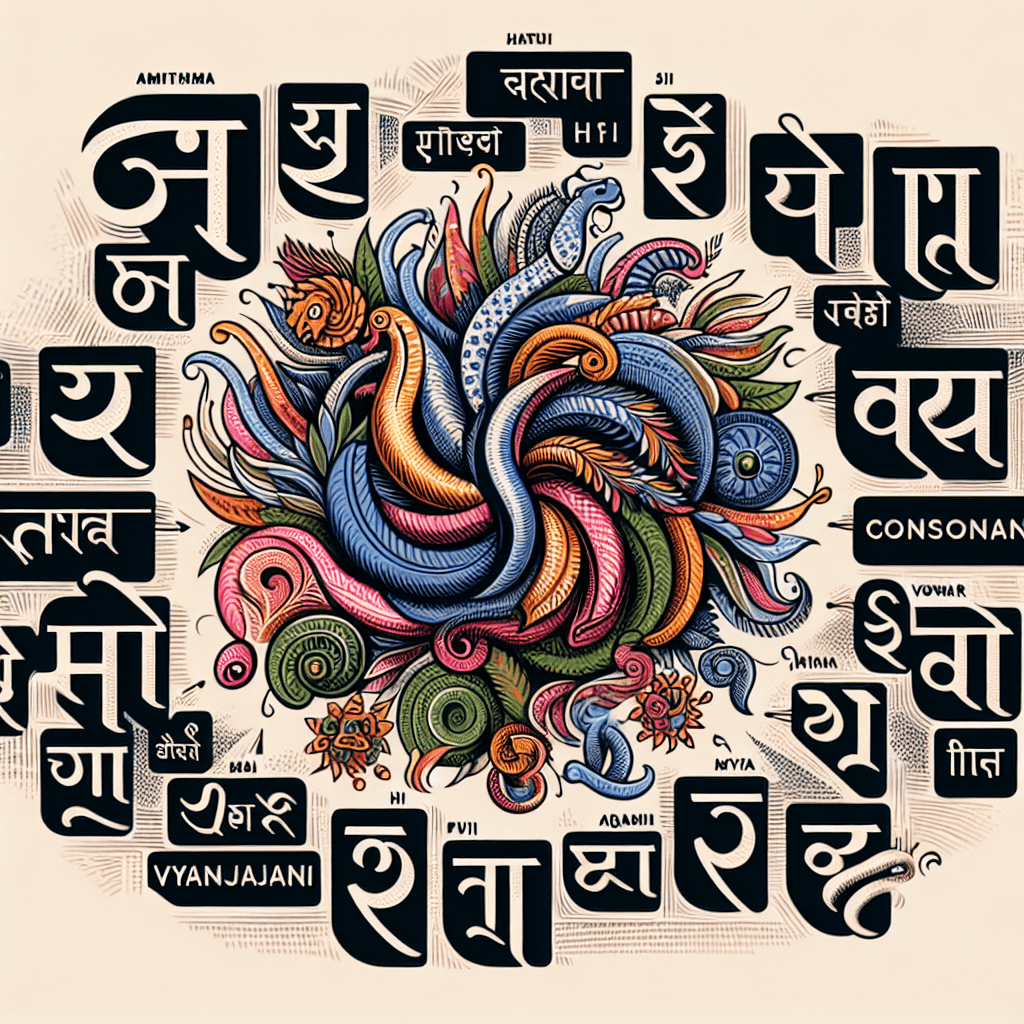Hindi is one of the most widely spoken languages in the world, with over 500 million speakers. It is the official language of India and is also spoken in countries such as Nepal, Mauritius, and Fiji. The Hindi language is written in the Devanagari script, which consists of 48 characters.
The Devanagari script is an abugida, which means that each character represents a syllable, rather than a single sound. The characters are arranged in a specific order, with vowels and consonants grouped together. The vowels in Hindi are represented by 12 characters, while the remaining 36 characters represent consonants.
One unique feature of the Devanagari script is the use of diacritic marks, which are small dots or lines that are added to the characters to change their pronunciation. These marks are used to indicate the nasalization of a vowel, the lengthening of a vowel, or the addition of a sound.
In addition to the 48 characters of the Devanagari script, there are also several additional characters that are used in Hindi writing. These include punctuation marks, such as commas and periods, as well as symbols for numbers and currency.
Learning to read and write Hindi can be a challenging task, especially for those who are not familiar with the Devanagari script. However, with practice and dedication, anyone can master this beautiful language and its unique writing system.
In conclusion, there are 48 characters in the Hindi language, which are represented by the Devanagari script. Learning to read and write Hindi can be a rewarding experience, and can open up new opportunities for communication and cultural exchange.

